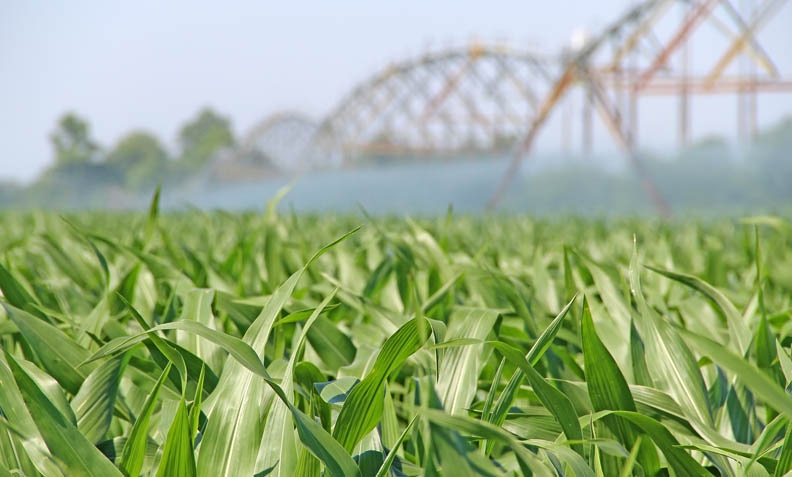
Biotech crops continue to yield tremendous benefits
The adoption of GM crops is making an important contribution to the development of crop production systems that require fewer pesticide applications, reduces the risk of crop losses due to insects and weeds, and increases the yields for all types of farmers in developed and developing economies.
May 30, 2012

PG Economics, an agricultural consulting firm in Dorchester, UK, released its seventh annual report on the impacts of crop biotechnology, showing another year of significant economic and environmental benefits particularly in developing countries.
In its press release, Graham Brookes, director of PG Economics and the report’s co-author, said that over the 15-year period covered in the report, crop biotechnology consistently has provided important economic and production gains, improved incomes and reduced risk for farmers around the world that have grown genetically modified (GM) crops. He noted that, “the environment in user countries is benefiting from farmers using more benign herbicides or replacing insecticide use with insect resistant GM crops. The reduction in pesticide spraying and the switch to no till cropping systems is also resulting in reduced greenhouse gas emissions. The majority of these benefits are found in developing countries.”
(For more, see: Environmental radicals have not heard final whistle)
The report’s key findings include:
The net economic benefit at the farm level in ’10 was $14 billion, equal to an average increase in income of $40/acre. From ’96-10, the global farm income gain has been $78.4 billion;
The insect resistant (IR) technology used in cotton and corn has consistently delivered the highest increase in farm income, especially in developing countries (notably cotton in India and China ); the average farm income gains from using IR cotton and corn in ’10 were $115/acre and $36/acre, respectively;
Of the total farm income benefit, 60% ($46.8 billion) has been due to yield gains resulting from lower pest and weed pressure and improved genetics, with the balance arising from reductions in the cost of production. Three-quarters of the yield gain came from adoption of IR crops and the balance from herbicide tolerant crops;
The cost farmers paid for accessing crop biotechnology in ’10 was equal to 28% of the total technology gains;
Between ’96 and ’10, crop biotechnology was responsible for an additional 88.6 million tons of soybeans, 144.9 million tons of corn, 11.4 million tons of cotton lint, and 5.5 million tons of canola;
If crop biotechnology had not been available to the 15.4 million farmers using the technology in ’10, maintaining global production levels at the ’10 levels would have required additional plantings of 2 million acres of soybeans, 2.3 million acres of corn, 1.2 million acres of cotton, and 0.14 million acres of canola. This total area is equivalent to 8.6% of the arable land in the United States, 23% of the arable land in Brazil or 25% of the cereal area in the European Union (EU-27);
Crop biotechnology has reduced pesticide spraying (’96-10) by 199 million lbs (-8.6%). This is equal to the total amount of pesticide active ingredient applied to arable crops in the EU-27 for one and a half crop years; and
The adoption of GM crops is making an important contribution to the development of crop production systems that require fewer pesticide applications, reduces the risk of crop losses due to insects and weeds, and increases the yields for all types of farmers in developed and developing economies.
More information is at www.pgeconomics.co.uk/page/33/global-impact-2012.
About the Author(s)
You May Also Like



